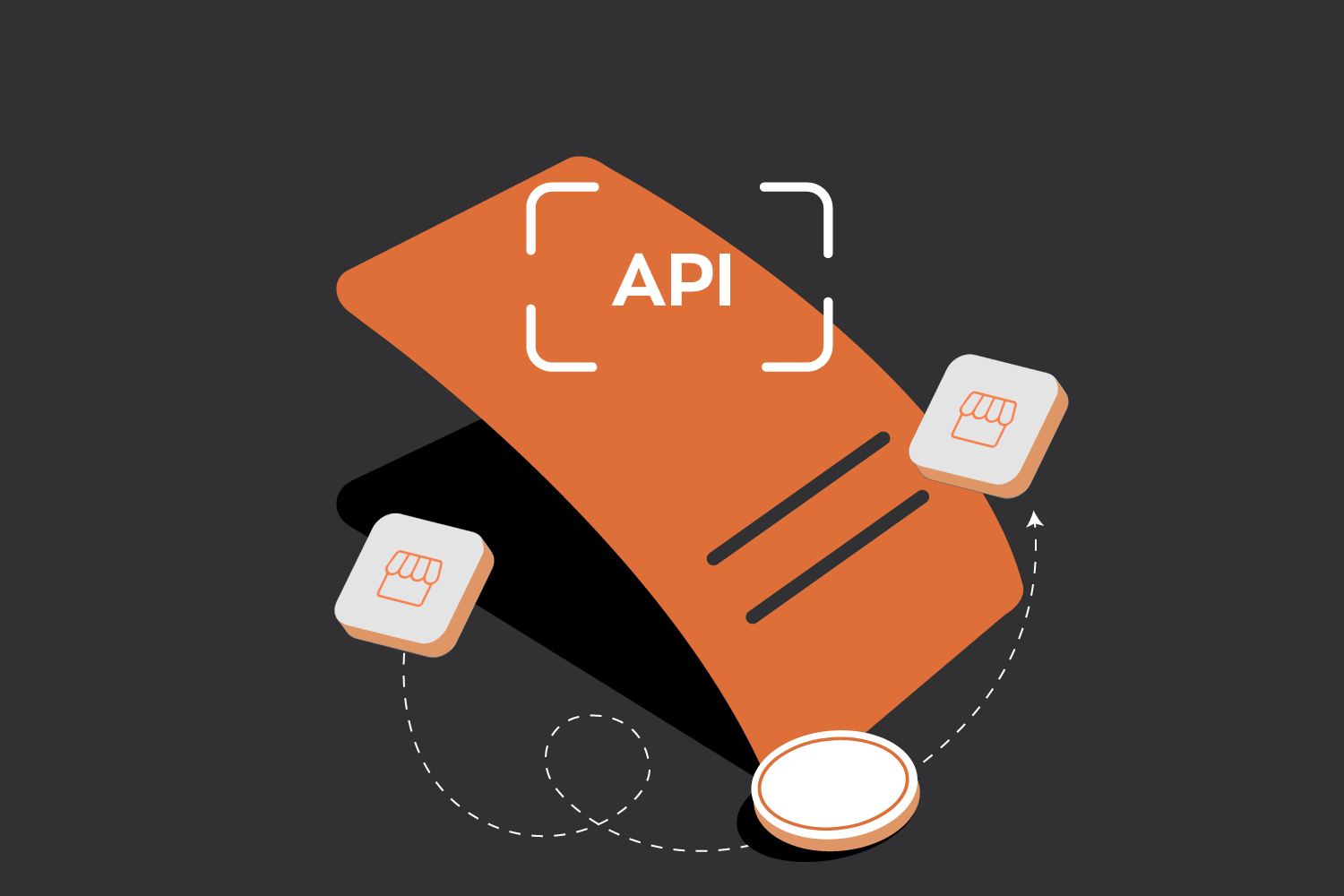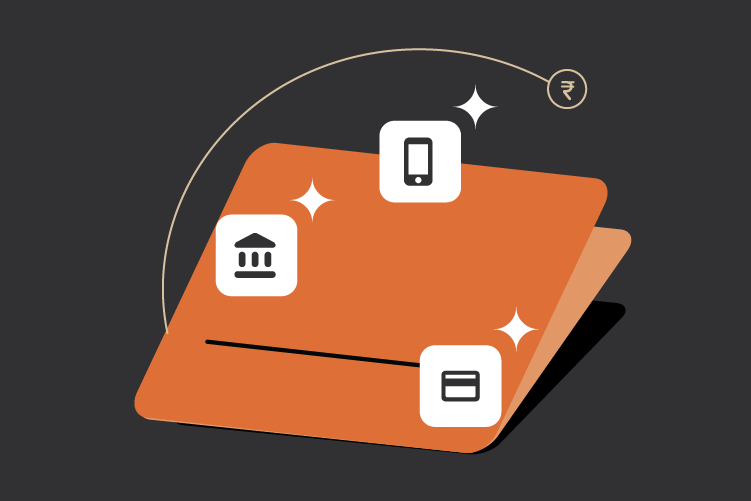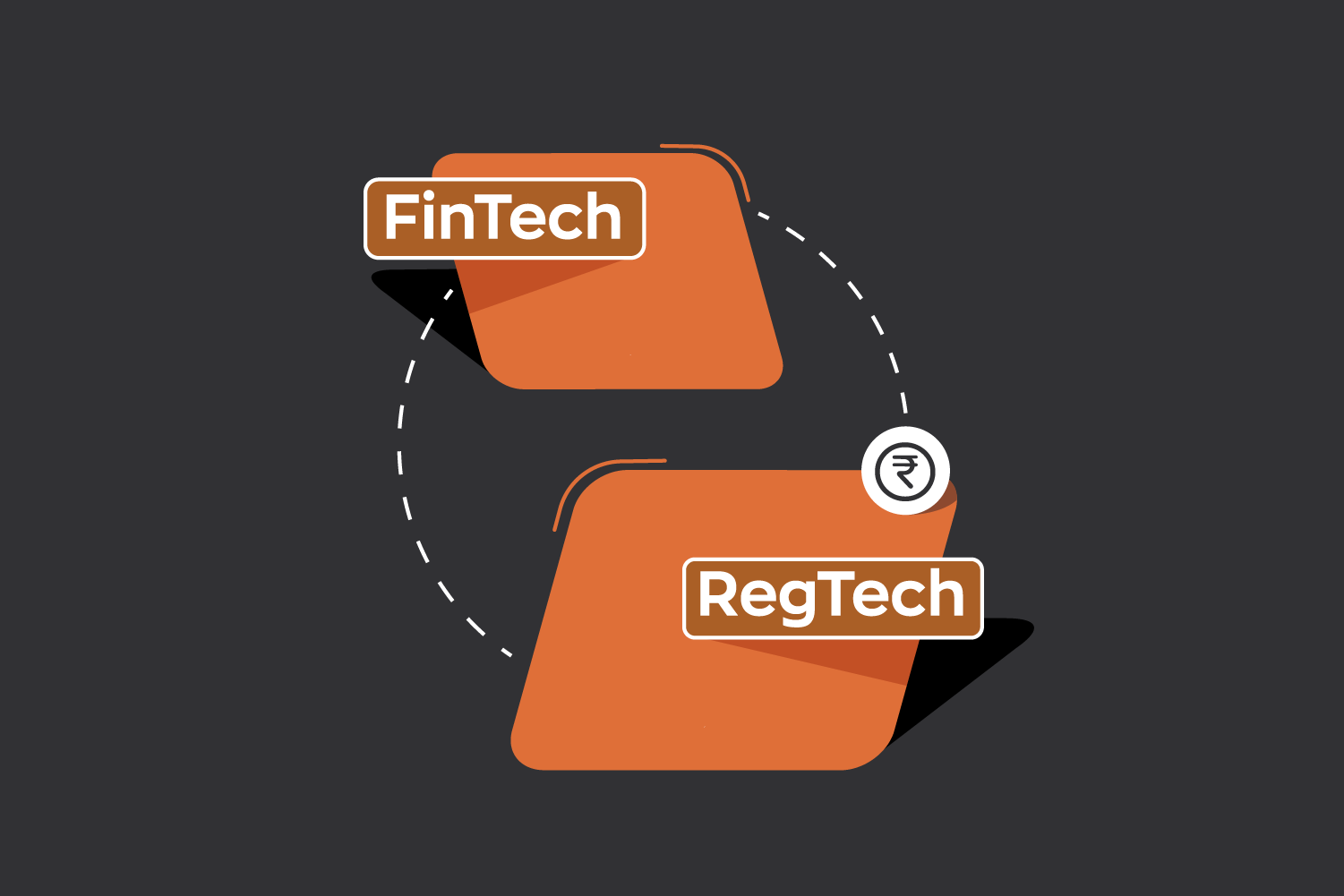Open banking is reshaping how businesses and individuals manage and interact with money. It bridges the gap between traditional banking and modern financial needs. This is achieved by facilitating secure data sharing through APIs. This innovation drives greater accessibility, personalized services, and efficient payment solutions, creating a more connected and dynamic payment ecosystem.
Let’s dive into how it empowers businesses, developers, and users while transforming the digital finance landscape.
What Is Open Banking?
Open banking is the practice of allowing third-party financial service providers to access banking data securely, with the user’s consent, through APIs. It’s a shift from traditional financial systems, which often work separately, to connected networks that make financial services more accessible and innovative. By enabling seamless data sharing between banks, fintechs, and other financial institutions, it fosters competition, enhances customer experience, and drives the development of personalized financial products and services. This collaboration opens up new opportunities for businesses and consumers, making financial services smarter, faster, and more efficient.
- For businesses: It simplifies financial operations by automating tasks like payments and account management. It also provides access to new financial products, helping companies to improve efficiency and unlock additional revenue streams.
- For developers: It offers APIs that enable developers to integrate financial services into applications easily. It empowers them to build personalized, innovative payment solutions and enhance the user experience with faster and more innovative tools.
- For customers: It gives customers greater control by linking all their accounts and providing access to personalized financial services. It helps them make instant payments, compare products, and find better deals, improving their financial experience.
Imagine a customer needing to automate recurring payments for a subscription. Open banking lets customers securely link their bank account to the service provider via an API. This allows payments to be processed automatically and updated in real-time. All of this with the customer’s consent, eliminating manual intervention.
What Did Open Banking Bring To Digital Payments
1. Personalized Financial Solutions
It allows businesses to analyze customer data (with consent) to create customized payment plans or offerings that align with user needs.
Example: A fitness subscription app offers flexible payment schedules, such as weekly or monthly plans, based on user preferences and previous payment patterns, increasing user satisfaction.
2. Frictionless Integrations
Open APIs simplify the process of embedding financial services into platforms, reducing the time and effort for businesses to launch financial features.
Example: A retail store uses an API to connect its POS system with a bank, enabling real-time transaction updates and eliminating the need for manual reconciliation.
3. Enhanced Payment Security
Open banking incorporates strong authentication measures like OTPs or biometrics to secure transactions and ensure users are in control of data sharing.
Example: A mobile wallet app allows users to link their bank accounts securely via open banking. Each payment is authorized using a UPI PIN or biometric verification, making everyday transactions like paying utility bills safer and faster.
4. Access to Financial Insights
Open banking allows businesses to access real-time financial data, allowing them to manage cash flow, invoices, and payments from a single dashboard.
Example: An SME uses open banking tools to monitor expenses, automate invoice reminders, and perform auto reconciliation, ensuring timely collections, better financial management, and accurate bookkeeping.
5. Cost Efficiency
By reducing reliance on intermediaries, open banking lowers transaction costs and enables automated workflows to save time and resources.
Example: Platforms like PhonePe and Paytm use UPI to allow direct bank-to-bank transfers, cutting out middlemen, which helps keep transaction costs low.
Key Use Cases of Open Banking
1. Subscription Platforms
Open banking APIs enable businesses to automate recurring payments directly through users’ bank accounts, reducing card dependency and minimizing payment failures.
Example: A video streaming platform integrates an open banking API to allow users to set monthly subscriptions directly from their bank accounts, ensuring seamless renewals and fewer payment interruptions.
2. Loan Disbursement and Repayments
Lenders can use open banking APIs to access real-time bank account data for credit assessment and automate loan disbursement and repayments.
Example: A digital lending app leverages open banking to instantly verify income and account activity, enabling same-day personal loan disbursements and auto-deductions for EMIs.
3. E-Commerce
Open banking APIs streamline the checkout experience by offering account-to-account payments, reducing reliance on cards or wallet systems.
Example: An online marketplace uses open banking APIs to enable direct bank payments during checkout, offering faster processing and eliminating card-related declines or delays.
4. Cross-Border Transactions
Open banking APIs simplify international payments by connecting financial institutions for direct transfers, real-time exchange rates, and compliance checks.
Example: A freelancer marketplace makes use of these APIs to provide global payouts, allowing users to receive payments directly into their local bank accounts with transparent fees and faster settlements.
5. Real-Time Reconciliation
Open banking APIs automate payment reconciliation by syncing bank transaction data with business systems, reducing manual effort and errors.
Example: An accounting SaaS tool uses these APIs to reconcile payments received with invoices in real time. This gives businesses instant visibility into cash flow and outstanding balances.
Challenges in Open Banking
While the potential is vast, it faces hurdles that require a collaborative effort to overcome:
- Building user trust: Educating customers about data security and the benefits of consent-based sharing is essential.
- Standardization across APIs: Lack of uniform API standards can create inconsistencies in integration experiences.
- Regulatory alignment: Governments and financial institutions must align on frameworks to support innovation while ensuring compliance.
Despite these challenges, open banking initiatives in India—such as the Account Aggregator framework, are paving the way for a thriving ecosystem.
Why Open Banking Matters for Developers
For developers, it offers a lot of possibilities.
- Rapid prototyping: Pre-built APIs reduce the time and effort required to launch new payment features.
- Seamless scalability: Developers can build modular systems that scale with business needs.
- Creative freedom: With secure access to financial data, developers can build groundbreaking solutions, from budgeting apps to embedded finance tools.
Even non-technical teams benefit, as these APIs often come with no-code or low-code solutions, making financial integration accessible to all.
The Future of Open Banking in India
India’s digital payments revolution, driven by UPI and other government-backed initiatives, has laid the foundation for it’s adoption. Here’s what the future holds:
- Universal access: SMEs in rural and urban areas can access cutting-edge tools.
- Expanded use cases: Beyond payments, it will power financial inclusion through tools like micro-loans and savings platforms.
- Enhanced customer experiences: Real-time, personalized financial interactions will become the norm.
Conclusion
Open banking represents a transformative step toward a connected and collaborative financial ecosystem. Bridging the gap between traditional banking and modern financial needs should empower businesses to streamline operations, developers to innovate seamlessly, and customers to access more competent financial services.
Whether you’re building a next-gen payment solution, enhancing your business’s financial workflows, or seeking personalized, secure financial services, it unlocks a world of possibilities that redefines how we transact and innovate in the digital era.



0 Comments